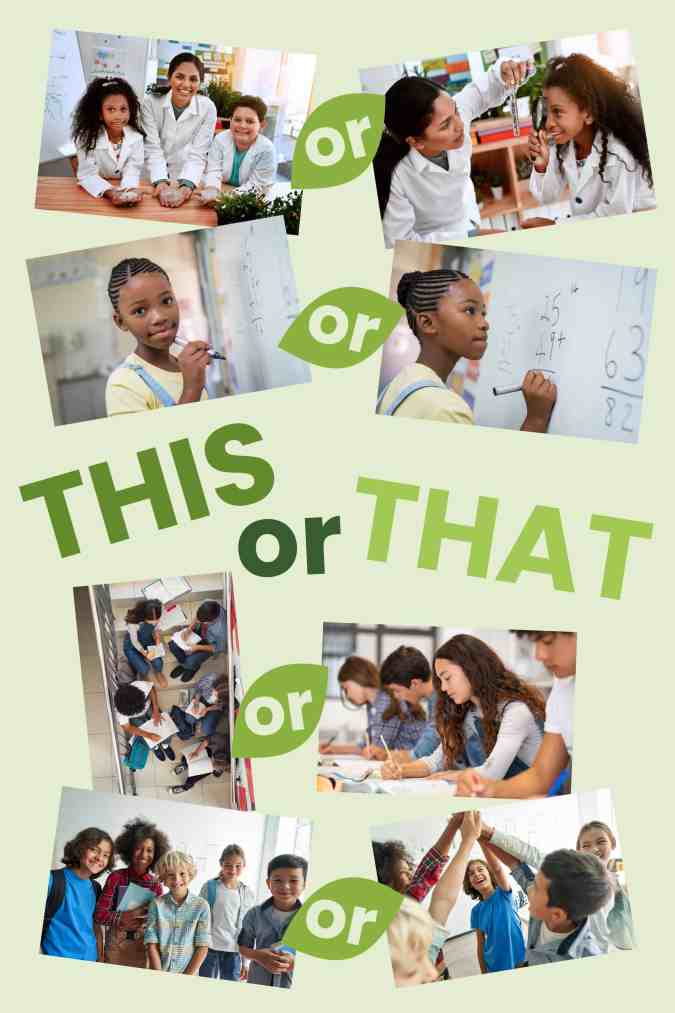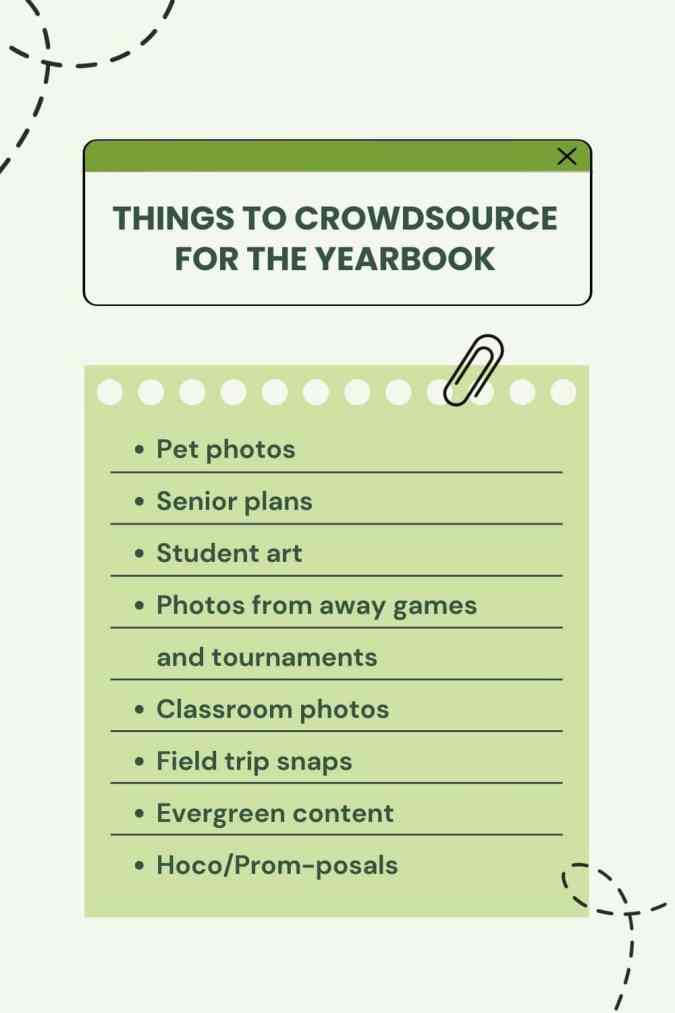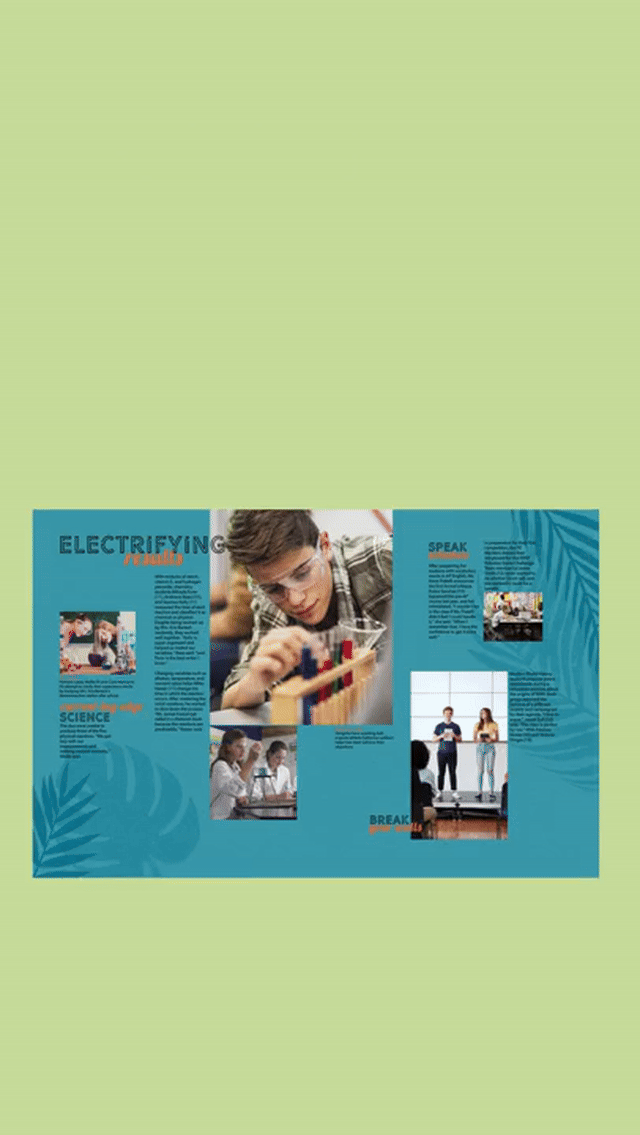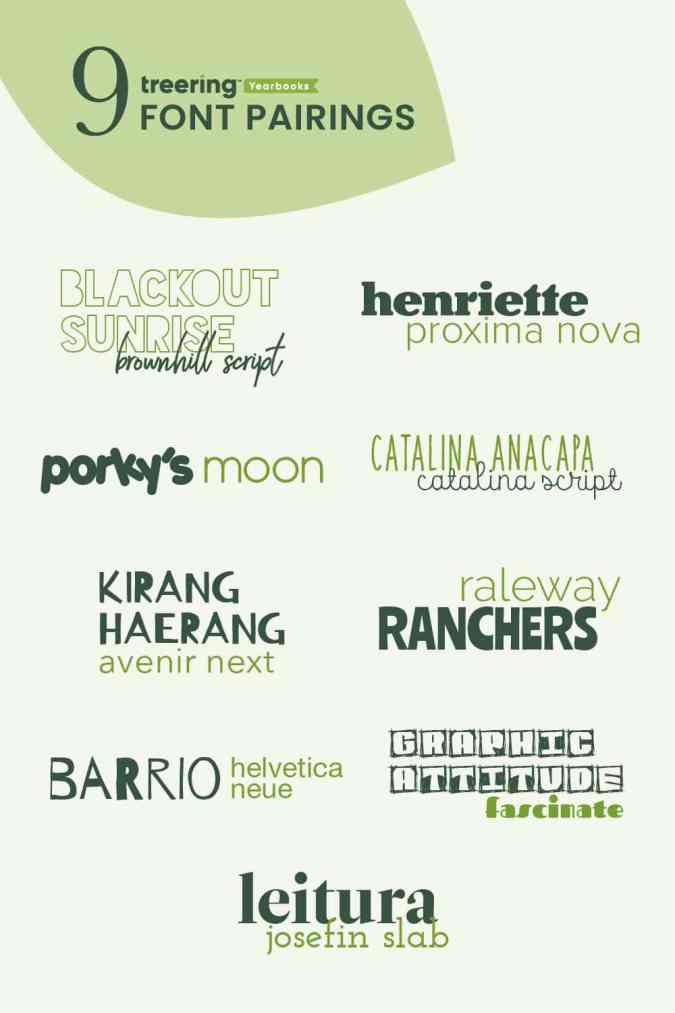
Erikalinpayne
October 22, 2024
2
Min Read Time

A colleague who studied violin using the Suzuki Method shared that he was able to succeed because he didn’t go from 0-60 in a few lessons. He mastered a concept, then added another. This anecdote inspired me to make “Easy +1” my MO. I use it as a guide for teaching my students to read, increasing the palate of my toddler, and improving each yearbook of which I am part. We don’t have to do it all.
You don’t have to do it all.
With the right support and the resources we picked for you below, choose one thing (yes, one!) as a focus for this year. Get in the details. Fail. Learn from your mistakes, and to paraphrase Michael Scott, create “even harder.”
Improving yearbook photography is going to have an immediate impact. Why? The assumption is that the yearbook is a book of photos. While I truly wish people went as crazy as I did about the wordplay in ledes and headlines and understood the thematic verbal-visual connection, knowing parents, teachers, and students are sharing storytelling photos is part marketing genius, part one-less-thing-this-adviser-has-to-do.
Tap into whatever system your school uses to share files using Treering’s crowdsourcing tools. In addition to shared folders, Treering also has Dropbox, Facebook, Instagram, and Google Drive integrations. Remember to include groups such as the marching band, poms, cheer team, boosters, and the spirit squad which are also at sporting events.
(Spoiler alert: if you’re not a photographer, you can learn alongside your yearbook team.) We created these five mini-lessons to level up your photography.

Classroom photos highlight the bulk of a student’s in-school day. And I promise you, they aren’t lined up against the classroom centers with fake smiles. Do yourself and the staff on campus a favor: show and tell. Show examples of action pics in the classroom. Tell them what you need. Professional photographers use shot lists to ensure they take all the essential photos and their clients receive what they need.
Yearbook coverage is a personal soapbox. Our job is to create a yearbook that accurately reflects our student body from price point to the people pictured. Here are five ways to improve yours.

If you want your book to look like your school, your school needs to help you build your book.
Using these 40 open-ended interview questions, you can get students talking. Start with a question of the day and have your yearbook team members connect with five other students. The next day, there is a fresh question for five different students. And so on.
Many of us parents grew up with the adage: politics and religion never make for polite conversation. By focusing your interviews on the individuals—versus the religious or cultural practice—you will see their POVs.
There’s a difference between a printed pile of pics and a well-designed layout.
Personality profiles, responses from the evergreen content (see #2 above), and infographics can increase the impact of your class pages. Feature those students who aren’t starring in the spring musical or beating school records.
You can upgrade your yearbook’s design by applying hierarchy in your layout design.

Identifying dominant, secondary, and tertiary elements will help you see why some pages “work” and others do not.
Yearbook Hero Lauren Casteen developed a scaffolded approach to teaching yearbook graphic design to her students and created these adviser resources.
Your font choice will affect and effect your buyers. Choose wisely.

Design hierarchy is essential when going modular: each mod has its own dominant and secondary elements that fit into the structure of the spread. When done well, modular design improves consistency, collaboration efforts, and coverage.
We took the first step in gathering lessons, examples, and tips from other editors. It’s your turn to take the next one.